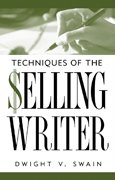
Paperback: 330 pages
Publisher: University of Oklahoma Press (May, 1982)
Language: English
ISBN: 0806111917
You're probably wondering why I'm reviewing a book this old. Good question. One of the tips in this book is to not let your typewriter ribbon fade. My what? (Okay, I'm old enough to actually understand that, unfortunately).
I'm reviewing it because it's one of the best how-to books out there today for fiction writers. It has helped me and I know it can help you too.
The book isn't the easiest read. It's a bit dry and there is so much information packed in it, but if you can get through it, your writing is sure to benefit.
Some of the topics this book deals with are: How to build conflict, write a beginning, middle and end, the trouble with rules, (my favorite) writing the climax, writing vividly, and the list goes on and on...and on.
The only fiction how-to book that has helped me more is Browne and King's, Self-Editing for Fiction Writers.
I'm not quite ready to dethrone that one, but Techniques of the Selling Writer is one that has earned a permanent place on my reference shelf.
Sunday, January 01, 2006
Home »
» Techniques of the Selling Writer, reviewed
Techniques of the Selling Writer, reviewed
Sunday, January 01, 2006
6 comments




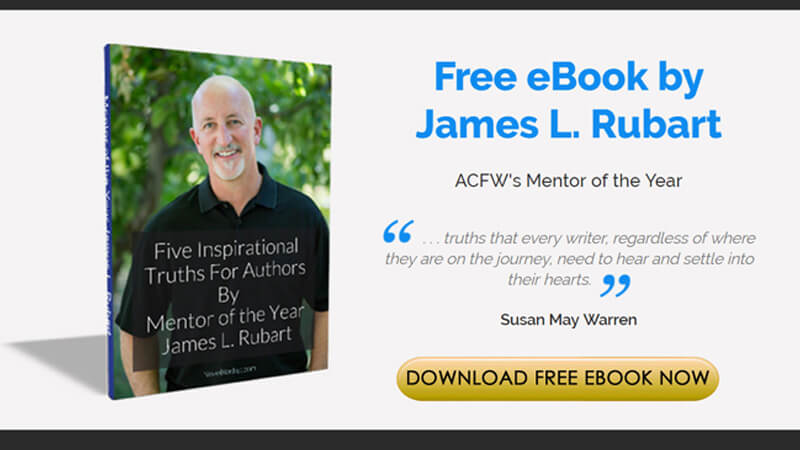

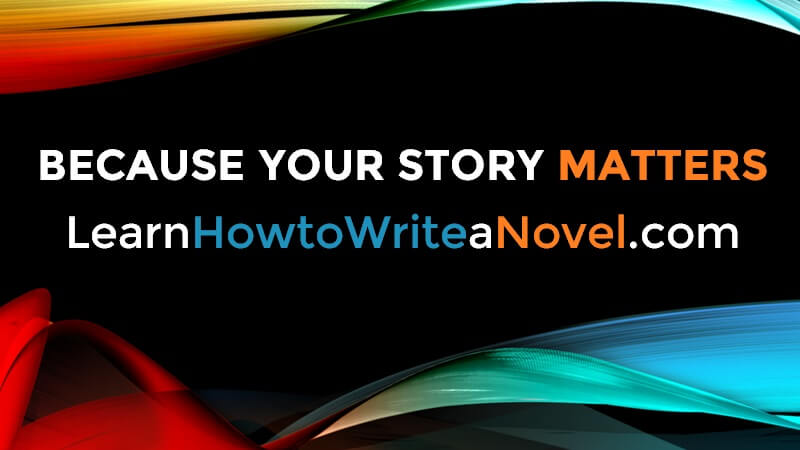
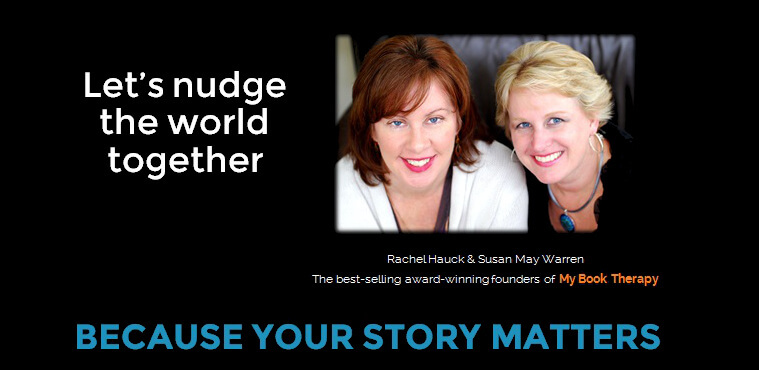

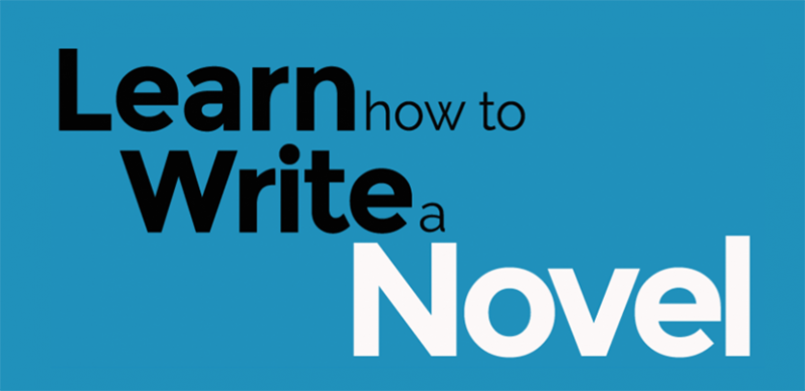

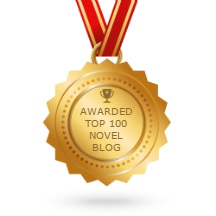
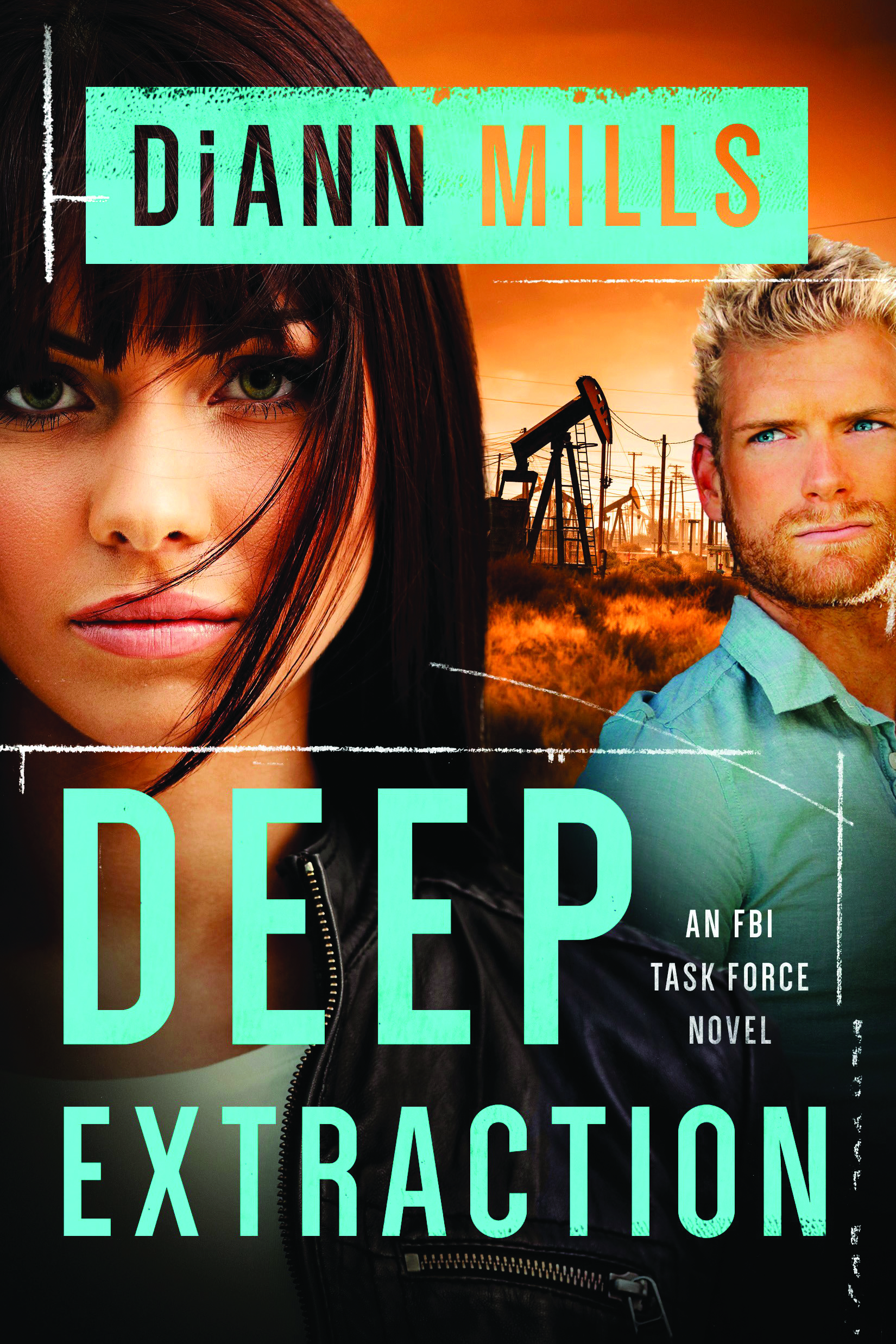










I liked Swain, too. Randy I. seems to really love him. It's good practical advice, though some of the techniques are dated.
ReplyDeleteI just got Self-Editing, so I can't comment. I also just started 45 Fictional Characters. It's great, especially for guys like me who have trouble inventing characters with depth.
Ron, your critique partners are going to thank you for getting that book! I've read a bit of your stuff and it's good but no one doesn't benefit from that book.
ReplyDeleteI don't remember if it was Randy or maybe Terry Whalin who turned me onto Techniques of the Selling Writer, but whoever it was who recommended it, did me a huge favor. I basically took away just a few morsels and a gimmick but that's a lot to take away from a book when you've read as many how-tos as I have.
Happy New Year!
Uh.....my library doesn't even carry this one! LOL Then again, I'm in ARKANSAS! LOL Will have to check around for it! Thanks for the recommendation!
ReplyDeleteI've got the Browne and King. I also like James Scott Bell's Plot and Structure. I'll have to add this one to my library.
ReplyDeleteI absolutely LOVE this book. I think it was the one beginning writers book that gave me an understanding of story structure.
ReplyDeleteThat being said, it's hard to read. Swain takes forever to get to the point. But when he does, I totally understand what he's saying.
I've been writing articles summarizing his major points on my writing.com portfolio:
http://www2.writing.com/main/books/item_id/904832
I'm hoping to finish my articles and take my ACFW mentor group through them by the middle of 2006.
PLOT AND STRUCTURE is also an excellent book, but a lot of what he talked about was already in Swain's book. However, James Scott Bell elaborates on things that are more pertinent for the modern writer, like opening hooks and things.
Camy
I hope my critique circle have read Dwight V Swain's book. Y'know of course, there's always one in the group (in any group), who knows better than me or Mr. Swain!
ReplyDelete